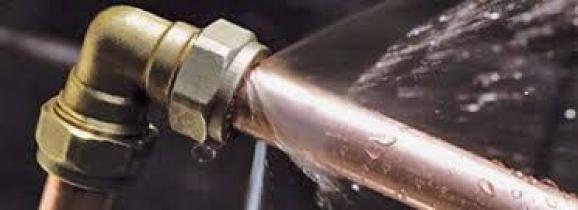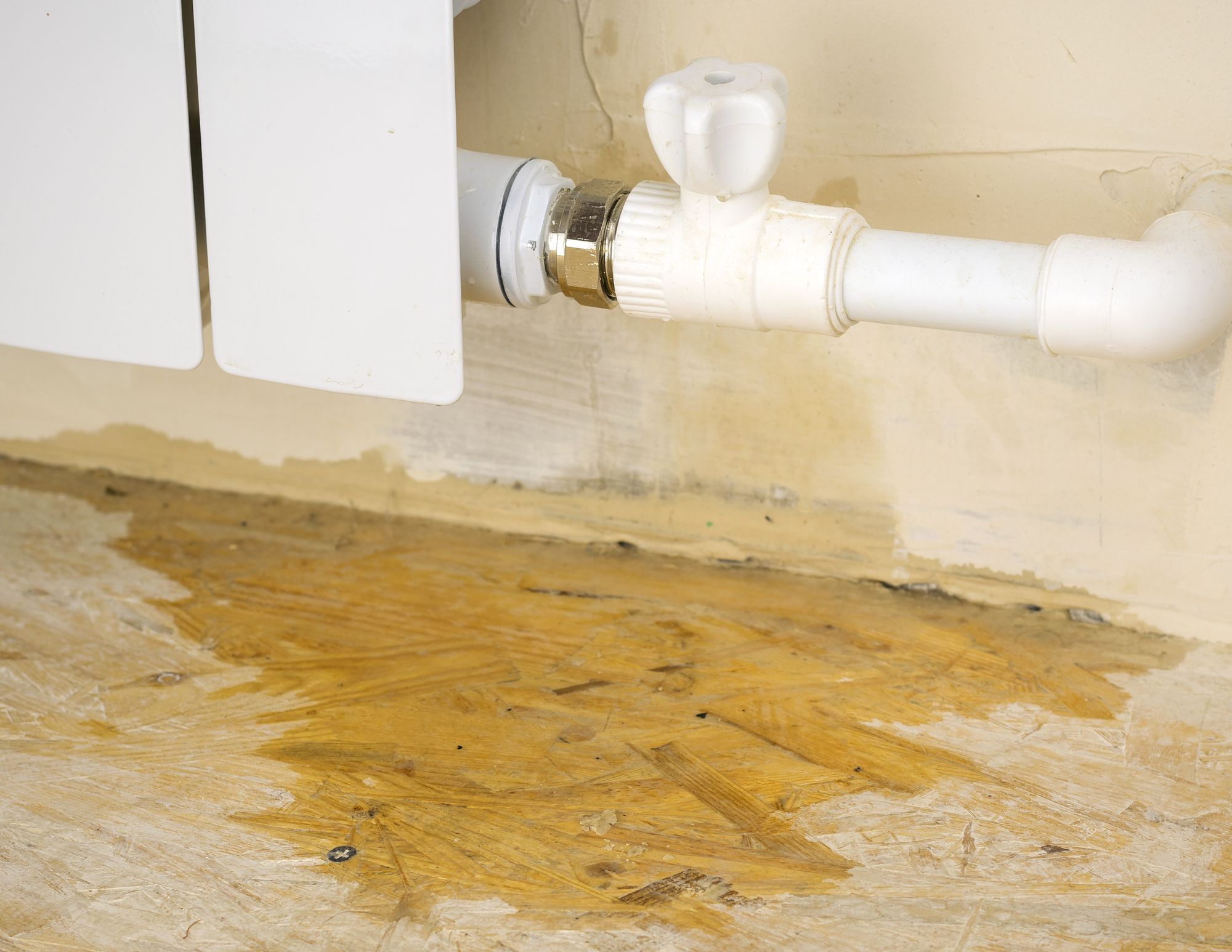The Home's Most Common Triggers of Leak Problems: Thorough Investigation
The Home's Most Common Triggers of Leak Problems: Thorough Investigation
Blog Article
This article listed below pertaining to How to detect water leaks in your home is particularly engaging. Don't miss it.

Leaks not just create waste of water but can likewise cause unnecessary damages to your home as well as promote unwanted natural growth. Water leakages could go unnoticed since many of the pipework in our home is concealed. By recognizing as well as looking for everyday scenarios that create leaks, you can safeguard your residence from future leakages and unneeded damages. Today, we will check out 6 leak creates that might be causing your pipelines to leak.
Immediate temperature modifications.
Severe temperature changes in our pipelines can trigger them to broaden and get all of a sudden. This growth and tightening may cause splits in the pipes, especially if the temperature level are below cold.
Corroded water supply
This might be the reason of staining or bending on your water pipes. If our plumbing system is old, think about changing the pipelines because they are at a greater risk of rust than the more recent designs.
Malfunctioning Pipe Joints
The factor at which your pipelines connect is regularly the weakest link in the waterline. Pipeline joints can degrade in time, causing water leaks. The bulk of pipeline joints are not easily noticeable. If you have noisy pipes that make ticking or banging noises, particularly when the warm water is turned on, your pipe joints are most likely under a great deal of pressure. It is a good idea to have your plumber evaluate your system annually.
Elbowing in origins
The majority of water leakages begin outside your home instead of inside it. If you observe a sudden decrease in water stress, claim in your faucet, take time to head out as well as examine your backyard. You might discover damp spots or sinkholes in your lawn, which could indicate that tree roots are attacking water lines triggering water to permeate out. You can have your plumber check for breach, particularly if you have trees or shrubs near your property.
Poor Water Connectors
At times, a leak can be brought on by loose hose pipes and also pipelines that supply your appliances. More often than not, shifting is what triggers the loosened water Links. You could find in the case of a washing device, a pipe might spring a leak because of drinking throughout the spin cycle. In case of a water links leakage, you may see water running directly from the supply line or pools around your devices.
Clogged Drains
Blocked drains might be irritating as well as inconveniencing, however they can often end up creating an overflow bring about rupture pipelines. Maintain eliminating any products that may decrease your drains pipes that might obstruct them to stay clear of such hassles.
All the above are sources of leaks however not all water leaks arise from plumbing leaks; some leaks may originate from roof leaks. All leaks must be fixed right away to prevent water damages.
Leakages not just create waste of water yet can also cause unnecessary damage to your residence and advertise undesirable natural development. By recognizing and also looking for daily situations that cause leakages, you can shield your residence from future leaks and unnecessary damage. Today, we will look at six leakage creates that may be triggering your pipelines to trickle.
At times, a leakage can be created by loosened pipes as well as pipes that provide your appliances. In instance of a water connections leak, you may notice water running directly from the supply line or puddles around your devices.
How To Check For Water Leak In Your Home
How To Check for Leaks
The average household's leaks can account for nearly 10,000 gallons of water wasted every year and ten percent of homes have leaks that waste 90 gallons or more per day. Common types of leaks found in the home are worn toilet flappers, dripping faucets, and other leaking valves. These types of leaks are often easy to fix, requiring only a few tools and hardware that can pay for themselves in water savings. Fixing easily corrected household water leaks can save homeowners about 10 percent on their water bills.
To check for leaks in your home, you first need to determine whether you're wasting water and then identify the source of the leak. Here are some tips for finding leaks:
Take a look at your water usage during a colder month, such as January or February. If a family of four exceeds 12,000 gallons per month, there are serious leaks.
Check your water meter before and after a two-hour period when no water is being used. If the meter changes at all, you probably have a leak.
Identify toilet leaks by placing a drop of food coloring in the toilet tank. If any color shows up in the bowl after 10 minutes, you have a leak. (Be sure to flush immediately after the experiment to avoid staining the tank.)
Examine faucet gaskets and pipe fittings for any water on the outside of the pipe to check for surface leaks.
Undetected water leaks can happen without the home or business owner even realizing. If you suspect a water leak, but not able to find the source. It is time to contact a professional water leak detection service, The Leak Doctor.
How To Find a Water Leak In Your Home
https://www.leakdoctor.com/blog/How-To-Check-For-Water-Leak-In-Your-Home_AE197.html

I'm very fascinated by How to Find Water Leaks and I really hope you enjoyed my blog entry. Do you know about anybody else who is very much interested in Most Common Causes of Leaky Pipes? Please feel free to share it. Thank you so much for your time invested reading it.
Emergency action? Dial here. Report this page